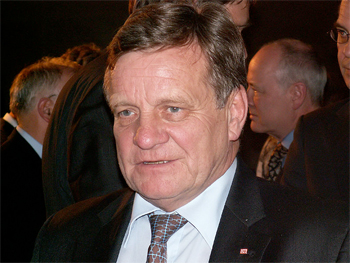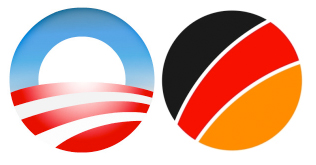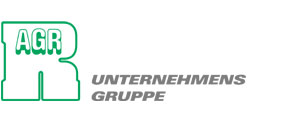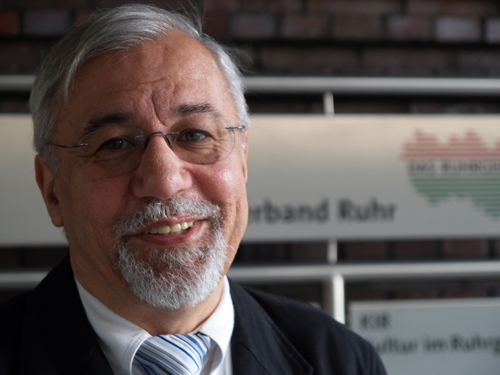 Foto: Telekom – Timotheus Höttges in der MItte
Foto: Telekom – Timotheus Höttges in der MItte
Timotheus Höttges kann man unterschätzen. Groß und schlank wie er ist, ein einem Hang zur Schlacksigkeit. Dazu springt er im Gespräch schnell von Thema zu Thema, dass einem ganz schwindelig dabei werden kann. Hat er sich aber einmal in etwas verbissen, dann bleibt er dran. Nach dem Muster verläuft auch sein Aufstieg bei der Deutschen Telekom.
Gestern Abend berief ihn den Aufsichtsrat auf den Posten des Finanzvorstands. Bei dem Bonner Unternehmen ist das nicht irgendein Amt.Auf dem Posten saß lange Jahre mit Karl-Gerhard Eick ein Mann, der die Telekom unter den wechselnden Chefs zusammengehalten hat. Eick hat die Telekom entschuldet, Konflikte mit verdi beigelegt, Akquisitionen eingefädelt. Ohne Eick wäre die T-Aktie wohl noch stärker abgeschmiert, als sie es ohnehin tat. Aber Eick ist Geschichte, er fängt am Sonntag bei Arcandor an.
Die Berufung von Höttges als Nachfolger von Eick kommt nicht unerwartet, schon seit dem Bekanntwerden von Eicks Weggang wurde er von Telekom-Chef Rene Obermann als Nachfolger intern ins Spiel gebracht. Mit Obermann verbindet Höttges eine enge Freundschaft, die durch die enge Zusammenarbeit in der T-Mobile-Führung geschmiedet wurde. Auch Obermanns Teil-Umzug nach Berlin tat da keinen Abbruch. Beide gehen noch heute am Rhein laufen, tauschen sich dort über Strategien und ihre Pläne aus.
Bei diesen Läufen haben Höttges und Obermann wohl auch ihre Vorstellung über die künftige Struktur des Konzerns geschmiedet, nachdem Obermann im November 2006 Telekom-Chef geworden war. Bereits im Dezember holte er Höttges als Verantwortlichen für die Festnetzsparte T-Com (heute T-Home) in den Vorstand. Seitdem haben die beiden Mitvierziger den Laden gründlich umgekrempelt. Gestern folgte mit der Zusammenlegung des deutschen Mobilfunkgeschäfts mit der Festnetzsparte der vorerst letzte Streich.
Für den verschlafenen Konzern mit seinen 150.000 Beschäftigten in Deutschland kommt die Verschmelzung einer Kulturrevolution gleich. Die Mitarbeiter von T-Com und T-Mobile trennt mehr als der Rhein, der zwischen den Sparten der Sparten liegt. Leidtragende dieser Telekom-typischen Aversion waren die Kunden, denn für die hatten die Mitarbeiter mit ihrem Sparten-Zwist wenig Zeit.
Höttges rückte mit seiner Berufung an die Spitze der Festnetztochter im Dezember 2006 den Kunden in den Fokus. Um die Beharrungskräfte in der überalterten Belegschaft zu brechen, ging er ruppig vor. Suchte die direkte Konfrontation, berichten viele im Haus. Dies gipfelte in der Auslagerung von 50.000 Mitarbeitern in einen Telekom-eigenen Niedriglohnbereich. Seine Kritiker bezeichnen ihn als einen kalten Manager, einer der nur auf die Zahlen sieht und dabei die Menschen vergisst. Sein direktes Umfeld betrachtet Höttges hingegen als Retter des Unternehmens.
Beides stimmt, wenn auch nicht ganz. Aber ohne die Geradlinigkeit eines Timotheus Höttges würden der Telekom im Festnetzgeschäft wohl immer noch die Kunden in Massen von der Fahne gehen. Zuletzt sammelten die Bonnern die Hälfte aller DSL-Neukunden ein. Damit hat der Konzern auf dem deutschen Festnetzmarkt wieder eine Zukunft.
Nun also übernimmt der 46-Jährige die Verantwortung über die Bilanzen von Europas größten Telekomkonzern. Die Fußstapfen von Eick auszufüllen, wird wohl sein bislang schwerster Job. Zum Abschied des langjährigen Finanzvorstands verkündete das Unternehmen einen kräftigen Gewinnschub. Trotz niedrigerem Umsatz hat sich der Überschuss im vergangenen Jahr auf 1,5 Milliarden Euro fast verdreifacht.


 Foto: Verleihnix
Foto: Verleihnix
 Foto: Telekom – Timotheus Höttges in der MItte
Foto: Telekom – Timotheus Höttges in der MItte



